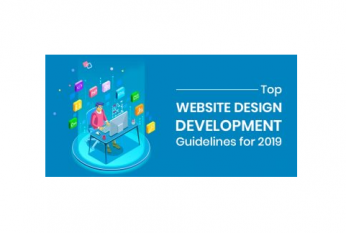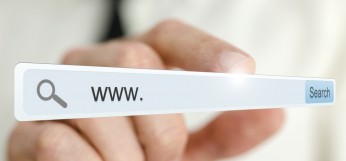According to Forbes, the eCommerce industry is experiencing rapid growth year over year. However, this doesn’t necessarily mean that every eCommerce business is growing at the desired pace. Whether your sales are lagging or simply okay, most businesses are eager to accelerate their revenue growth. One of the most effective tools for achieving this growth is good web design.
We understand that every aspect of your eCommerce business, from your company’s logo to your website’s appearance and usability, to your marketing brochures, must be smartly designed to maximize the user experience. Conversely, poor design can significantly hinder your business’s performance.
Here are six ways to improve your website design to boost sales:
- Optimize Your Website’s Layout:
- Ensure your website is clean and easy to navigate. An intuitive layout helps customers find what they’re looking for quickly, reducing frustration and increasing the likelihood of a purchase.
- Enhance Visual Appeal:
- Use high-quality images and consistent branding elements. Visual appeal can make a significant difference in attracting and retaining customers.
- Improve Loading Speed:
- A fast-loading website is crucial. Slow websites can drive potential customers away. Optimize images, leverage browser caching, and minimize code to improve your site’s speed.
- Ensure Mobile Responsiveness:
- With the increasing use of mobile devices for shopping, your website must be mobile-friendly. A responsive design ensures your site looks and functions well on all devices.
- Streamline the Checkout Process:
- Simplify the checkout process to reduce cart abandonment. Offer multiple payment options, guest checkout, and clear calls to action.
- Implement User Feedback:
- Regularly gather and implement user feedback. Understanding your customers’ pain points and preferences can help you make informed design decisions that enhance user experience and drive sales.
By focusing on these key areas, you can create a more engaging, efficient, and visually appealing eCommerce website. Good design is more than just aesthetics; it’s about creating an experience that encourages users to stay, explore, and ultimately, purchase.
Click here to learn more about Total Web Partners’ services.
Article with all rights reserved, courtesy of forbes.com
Photo with all rights reserved, courtesy of depositphotos.com








